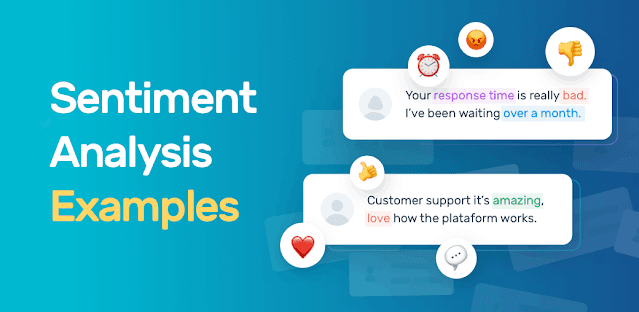Sentimental analysis is vital for measuring the subjective experience of any stimulus. Subjective experience can be defined as someone’s feelings about some product that may result in behavioral changes.
Real World Application of Sentiment Analysis
In simple words, sentimental analysis is all about dealing with someones opinions, appraisals, emotion, feelings and attitude towards different entities: product, service, organization, person and event. Different types of inputs have been used by different researchers. Few used wearable devices for measuring stress level based on heart-beat. Few people used standalone data modalities like image, text and sound for measuring the emotional state using cognitive science and natural processing techniques.
Recommend:
Hadoop vs Spark vs MLiibSentimental analysis provides us deep insight about the users or any service or product. However, often express their thoughts in terms of aspects: such as restaurant service quality. We can use deep recurrent neural network for aspect based classifying the textual reviews of a Arabic hotel. They compared temporal Recurrent Neural Network (RNN) based technique with support vector machine by extracting semantic, syntactic lexical and word features.
They evaluated their proposed approach on Arabic hotel review dataset. Accuracy of SVM based technique was reported more than the RNN based approach for three different tasks:
- Aspect category
- Aspect opinion
- Aspect sentimental polarity
In terms of response time, RNN network outperforms the traditional SVM approach.





0 Comments